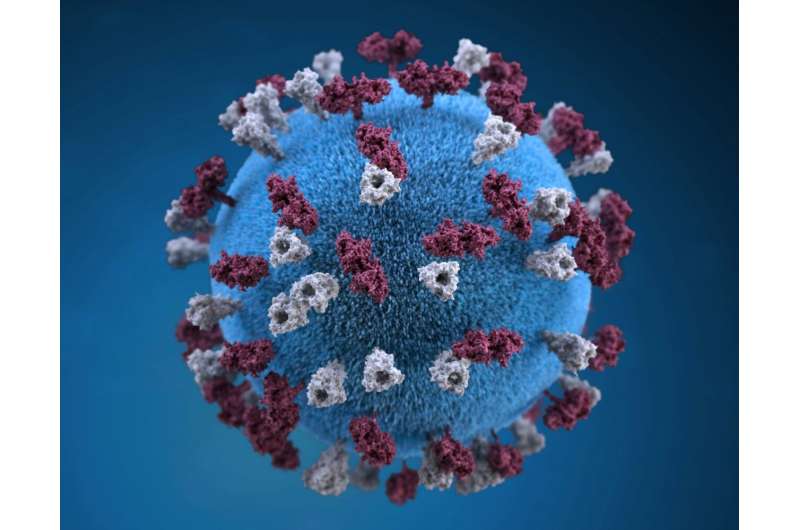A Mathematical Approach Illuminates the Placenta's Function and Significance

Emerging research uses advanced imaging and mathematical modeling to better understand the placenta's role in pregnancy, offering potential for early detection of complications like preeclampsia.
Pregnancy involves numerous medical assessments to ensure the health and wellbeing of both mother and baby, with particular attention to the placenta, an essential organ that supports fetal development. Typically, ultrasound scans check the placenta's position at around 20 weeks, but beyond that, detailed examinations are uncommon. However, recent research by biomedical engineer Pascalle Wijntjes highlights the importance of understanding the placenta's complex structure and functions in predicting pregnancy complications.
Wijntjes has devoted her doctoral research to mapping and modeling the placenta. Her work includes analyzing placental vascular systems and exploring how abnormalities may indicate risks such as preeclampsia. She emphasized that building accurate models requires a foundational understanding of placental anatomy and function, which is currently incomplete.
To gain deeper insights, Wijntjes employed advanced imaging techniques like contrast-enhanced ultrasound (CEUS) and ultrasound localization microscopy (ULM). These methods involve injecting microscopic bubbles into the bloodstream, allowing observation of blood flow into tiny capillaries and detailed vessel mapping. The collected data has been used to create mathematical models that resemble branching trees, encapsulating the placenta's vascular complexity. These models are among the first of their kind worldwide.
Beyond simulating healthy placental blood flow, Wijntjes has also begun modeling abnormalities, such as narrowed blood vessels seen in conditions like preeclampsia. By adjusting parameters, she can study how such vascular changes impact blood flow to the fetus. Her ultimate goal is to develop a hybrid model that combines clinical data with physiological insights, providing a more reliable assessment of pregnancy risks.
Interestingly, Wijntjes' research coincided with her personal experience of pregnancy, which allowed her to witness placental growth firsthand through ultrasound scans. She acknowledges the challenge of maintaining professional boundaries but admits that her research has taken on new personal significance during her pregnancy.
This innovative work represents a significant step toward improved prenatal diagnostics, enabling early detection and management of complications, and underscores the potential of mathematical modeling and advanced imaging to unlock the secrets of the placenta’s vital yet complex role in pregnancy.
Stay Updated with Mia's Feed
Get the latest health & wellness insights delivered straight to your inbox.
Related Articles
Innovative Wound Dressing Manages Inflammation and Promotes Healing
Scientists at ETH Zurich have developed an intelligent hydrogel wound dressing that actively reduces inflammation and promotes healing, offering new hope for treating chronic wounds more effectively.
Increased Measles Cases Reported in Michigan by Health Authorities
Michigan reports a surge in measles cases, with recent confirmed infections highlighting the ongoing public health challenge. Learn about the latest developments and importance of vaccination.
New Study Reveals Circadian Rhythms Specifically Regulate Bone Resorption
A new study reveals that circadian rhythms specifically regulate bone resorption, providing insights into how our internal clock influences bone health and potential implications for osteoporosis prevention.
Newly Discovered T-Cell Subtypes in Follicular Lymphoma Predict Patient Outcomes
Recent research identifies new T-cell subtypes in follicular lymphoma that are key predictors of patient prognosis, opening avenues for innovative therapies.



